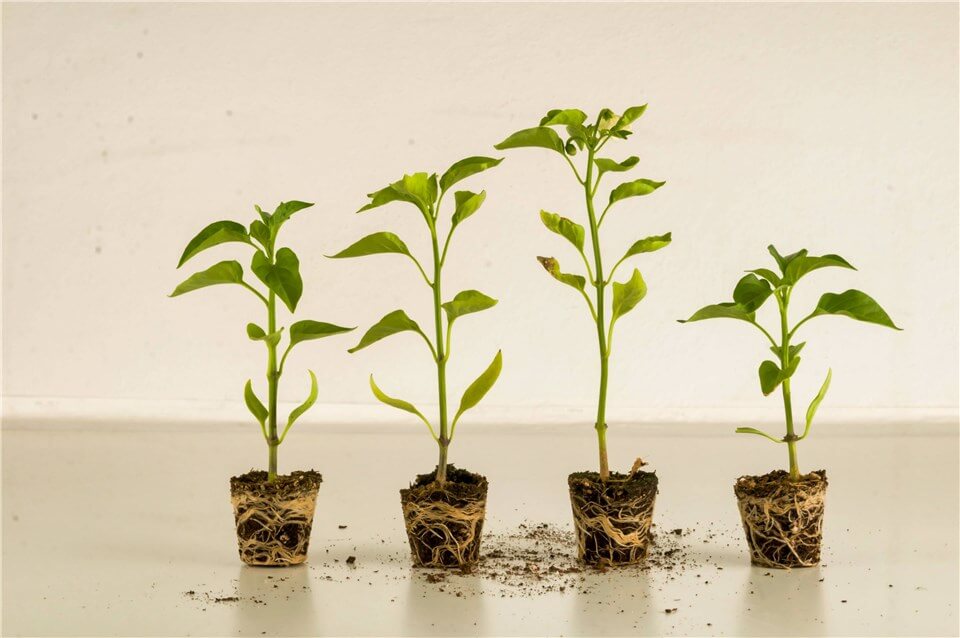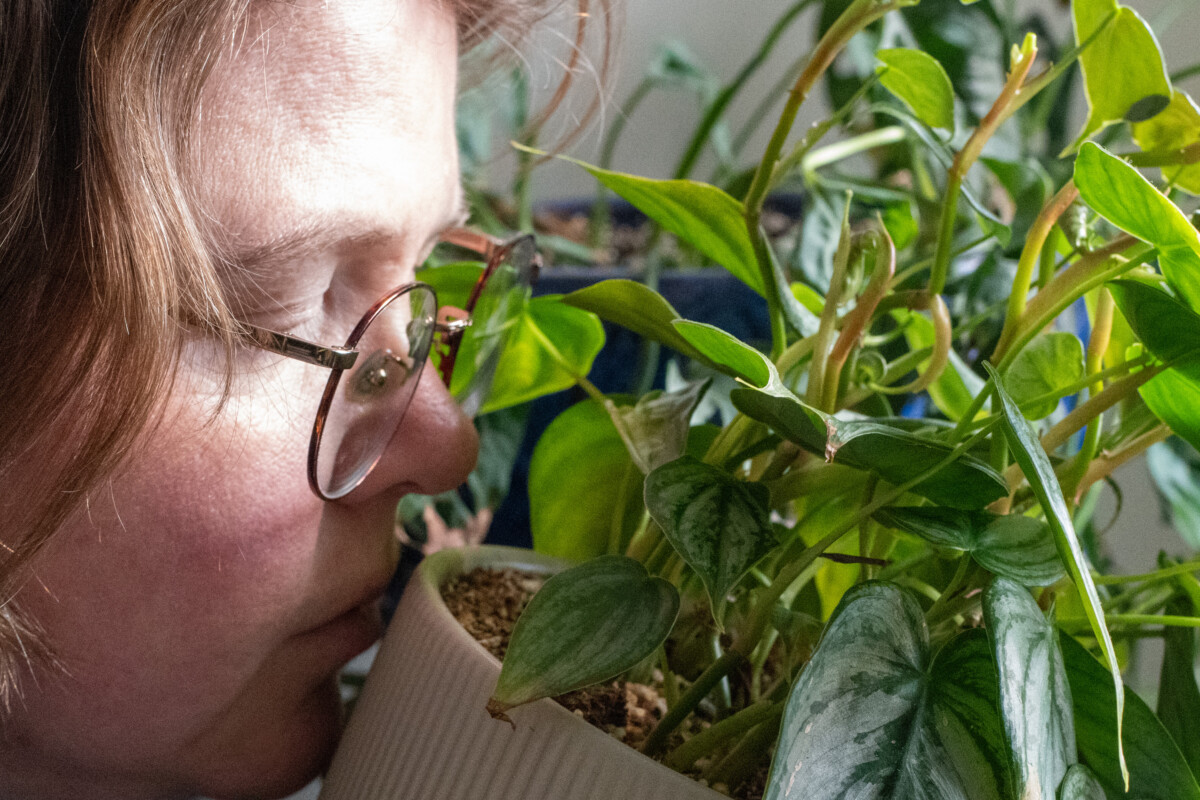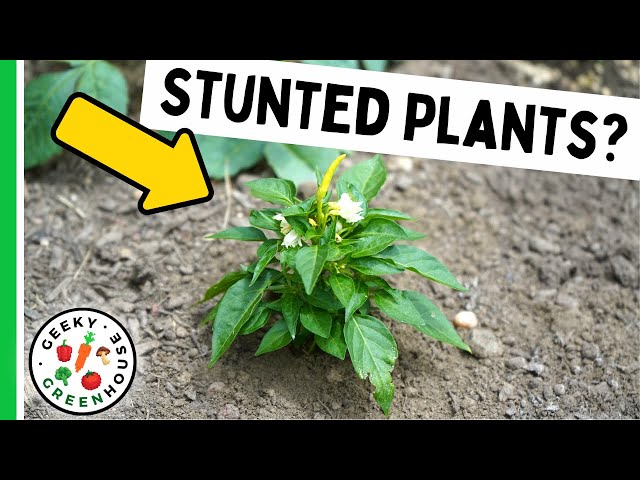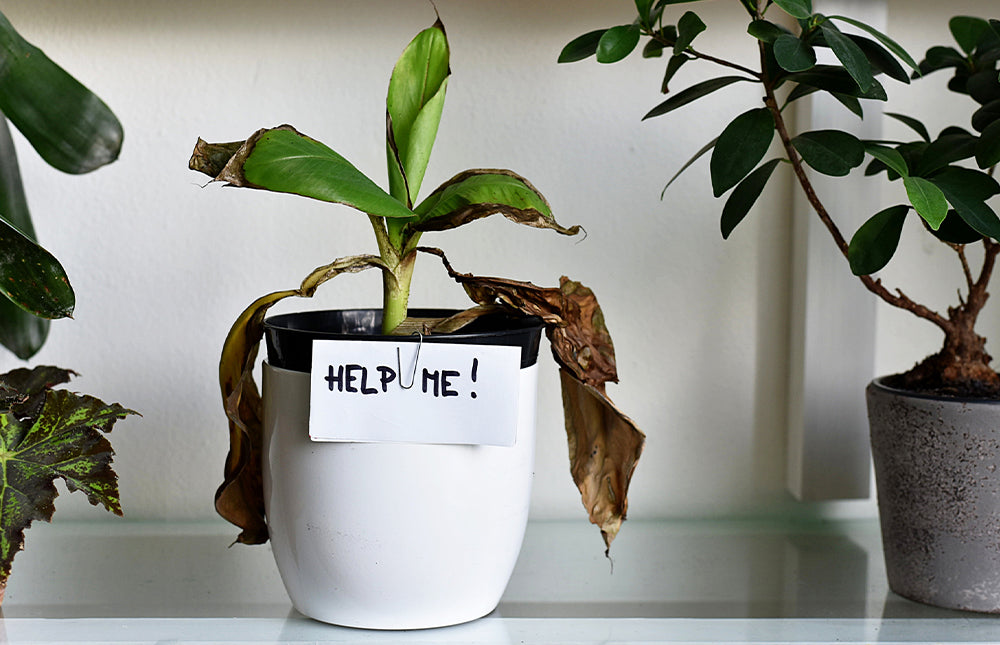How to Fix Stunted Plant Growth
Are your plants looking a bit under the weather? Are they not growing as tall or as lush as you had hoped? Stunted plant growth can be frustrating, but with a few simple steps, you can help your plants thrive and reach their full potential. In this article, we will explore some common causes of stunted plant growth and provide tips on how to address them.
1. Ensure Proper Lighting
One of the most common reasons for stunted plant growth is insufficient lighting. Plants need light to photosynthesize and grow, so if they are not getting enough light, they may struggle to reach their full potential. Make sure your plants are placed in a location where they can receive adequate sunlight or artificial lighting.
2. Check the Soil Quality
Poor soil quality can also hinder plant growth. Make sure your plants are planted in well-draining soil that is rich in nutrients. You can use a soil test kit to check the pH levels and nutrient content of your soil and make any necessary adjustments to improve its quality.
3. Water Wisely
Overwatering or underwatering can both lead to stunted plant growth. Make sure you are watering your plants the right amount – not too much and not too little. Different plants have different watering needs, so do some research on the specific requirements of the plants you are growing.
4. Provide Adequate Nutrients
Plants need a variety of nutrients to thrive, including nitrogen, phosphorus, and potassium. If your plants are not getting the nutrients they need, they may struggle to grow. Fertilize your plants regularly with a balanced fertilizer to ensure they are getting all the nutrients they require.
5. Keep Pests at Bay
Pests and diseases can also stunt plant growth. Keep an eye out for any signs of pest infestations or disease and take action promptly to address the issue. You can use natural remedies or chemical treatments to keep pests at bay and protect your plants from harm.
6. Prune Regularly
Regular pruning can promote healthy growth and prevent overcrowding, which can lead to stunted growth. Remove dead or diseased branches, as well as any overcrowded or crossing branches, to allow for better air circulation and light penetration.
7. Monitor Temperature and Humidity
Plants have specific temperature and humidity requirements, so it’s important to keep an eye on these factors. Make sure your plants are not exposed to extreme temperatures or fluctuations, and maintain the appropriate humidity levels to help them thrive and grow.
8. Be Patient and Persistent
Finally, remember that gardening is a process that requires patience and persistence. It may take some time to see improvements in your plants’ growth, so don’t get discouraged if progress is slow. Keep following these tips and adjusting your care routine as needed, and you will soon see your plants flourishing.
By following these simple tips and being attentive to your plants’ needs, you can help them overcome stunted growth and reach their full potential. With a little care and effort, your plants will soon be thriving and looking their best.



